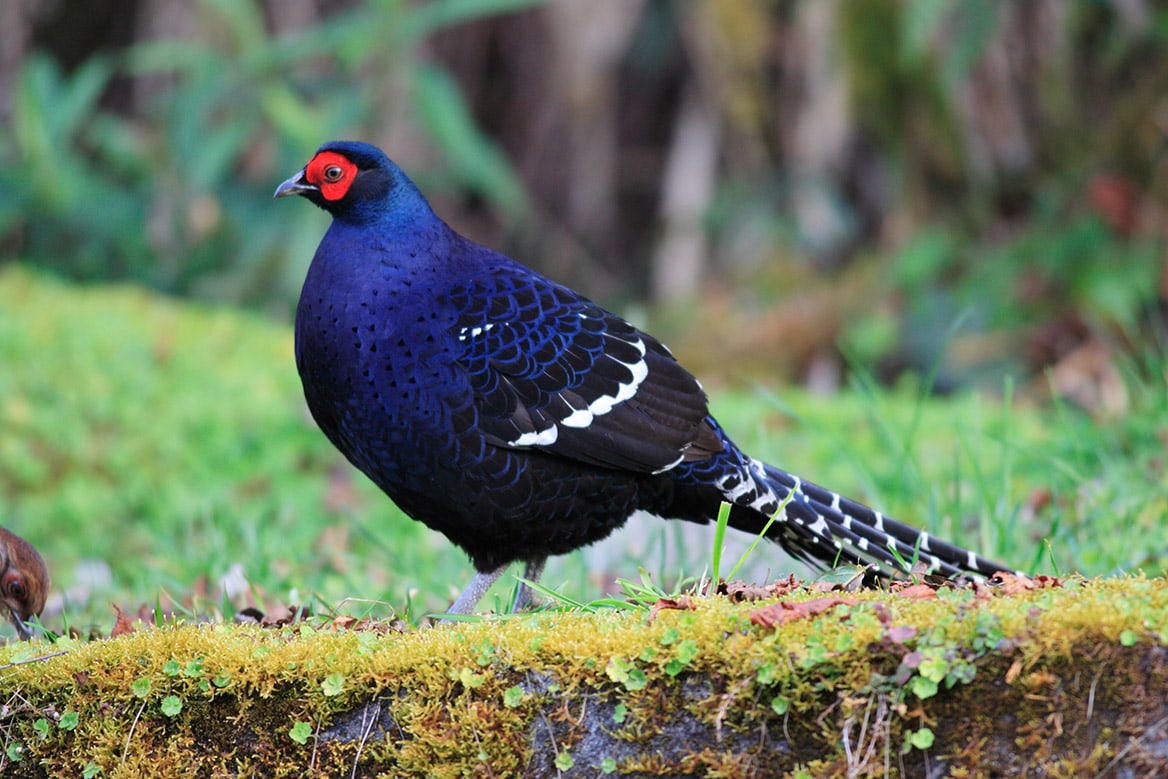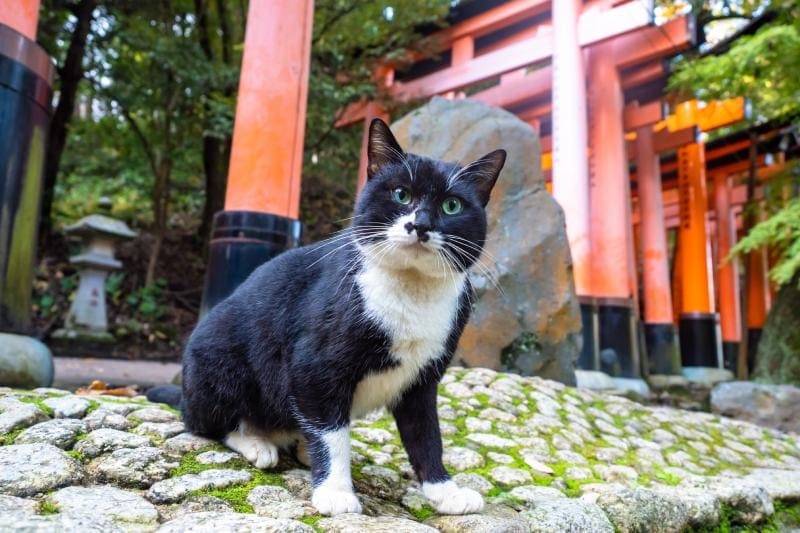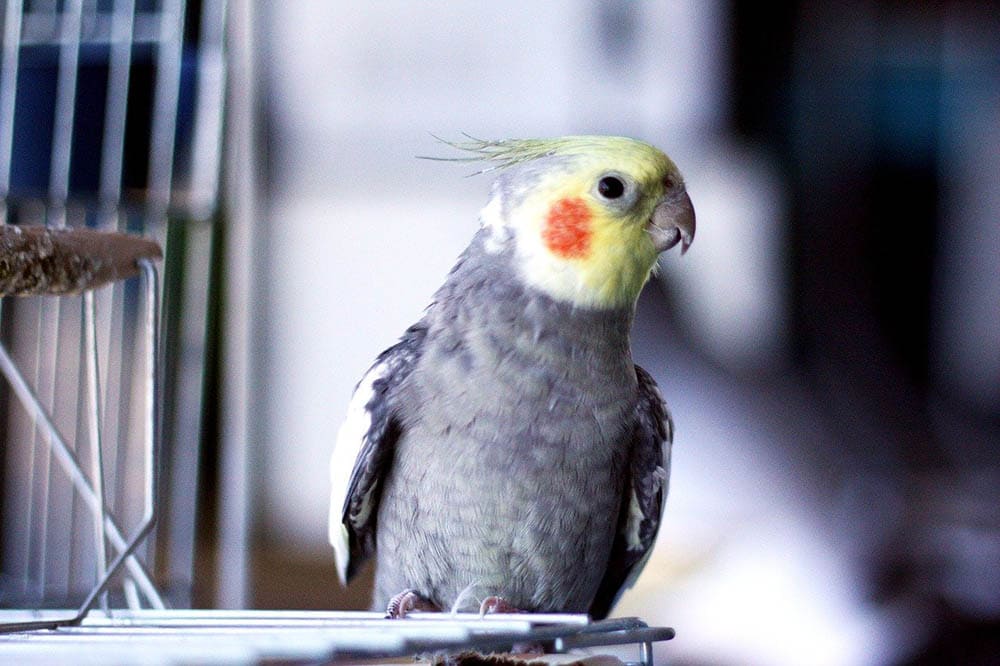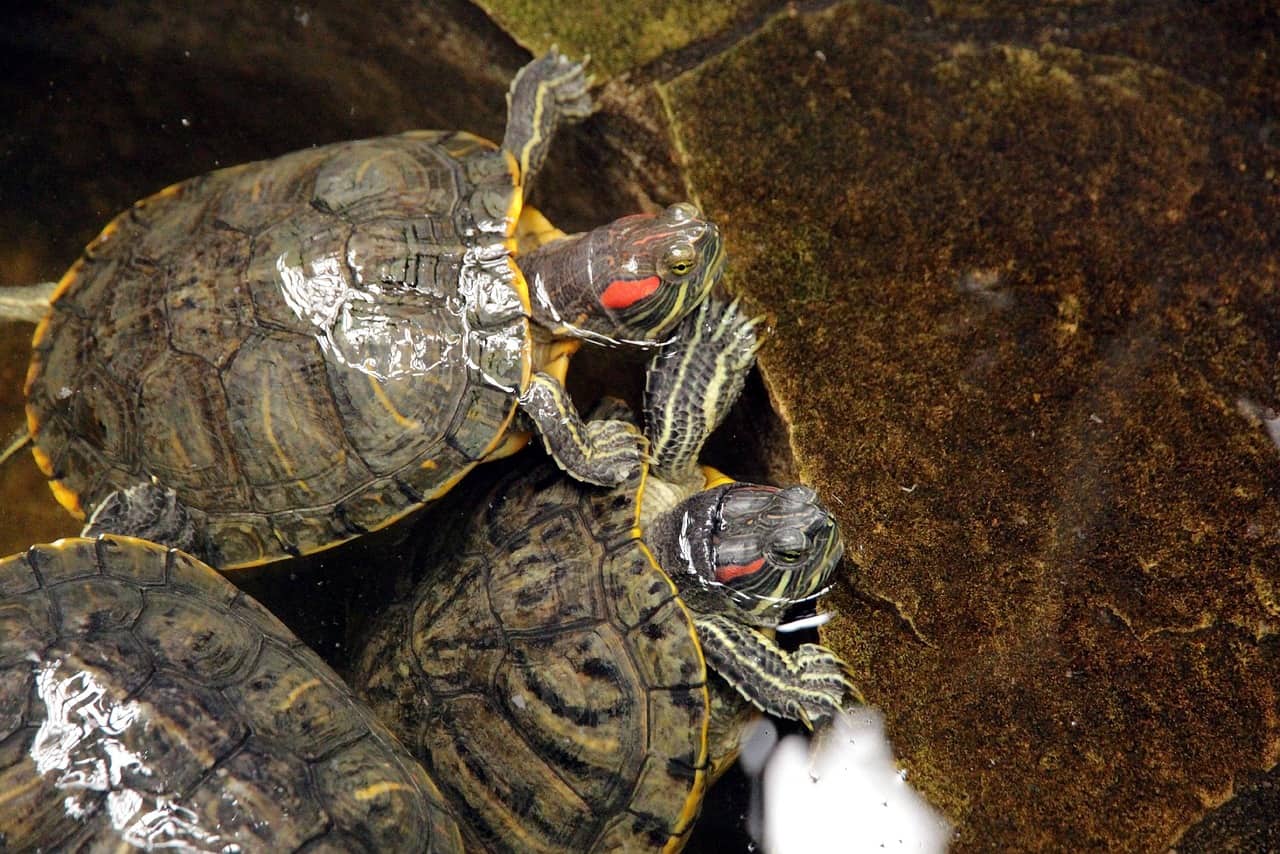In the U.S.A., pheasants are popular birds for hunting. Few people know much about the species beyond their appearance and aromatic meat, though. To show you that there’s more than what meets the eye when it comes to these game birds, we put together this list of interesting facts.

Top 14 Fascinating Pheasant Facts
1. Pheasants can fly up to 60 mph
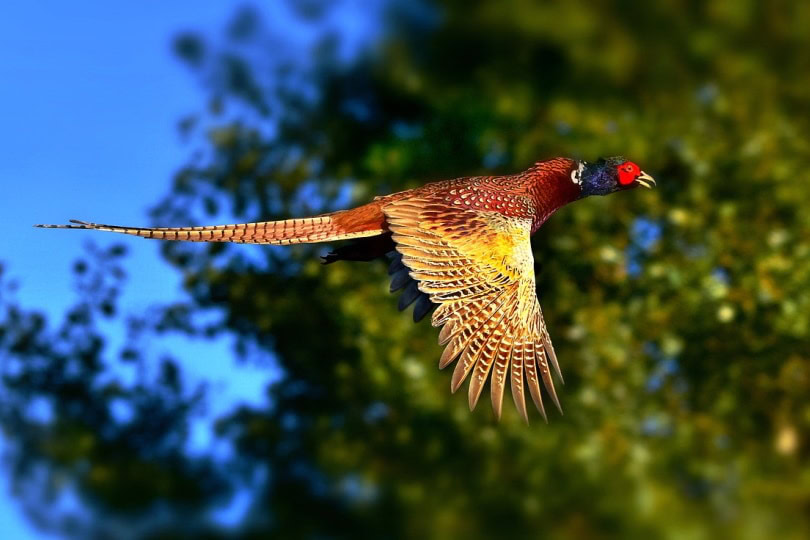
While pheasants prefer to stay on the ground, they can and do fly short distances. They can reach impressive speeds too. They average around 38–48 mph for relaxed flights, but when they’re startled or chased, they can reach 60 mph.
2. They’re originally from Asia
Although pheasants are popular game birds in the U.S.A., they originated in China. While some of the first settlers brought pheasants over from the U.K., they weren’t completely successful in introducing the bird. They were introduced to the U.S.A. from China in 1881.
3. Wild pheasants are short-lived
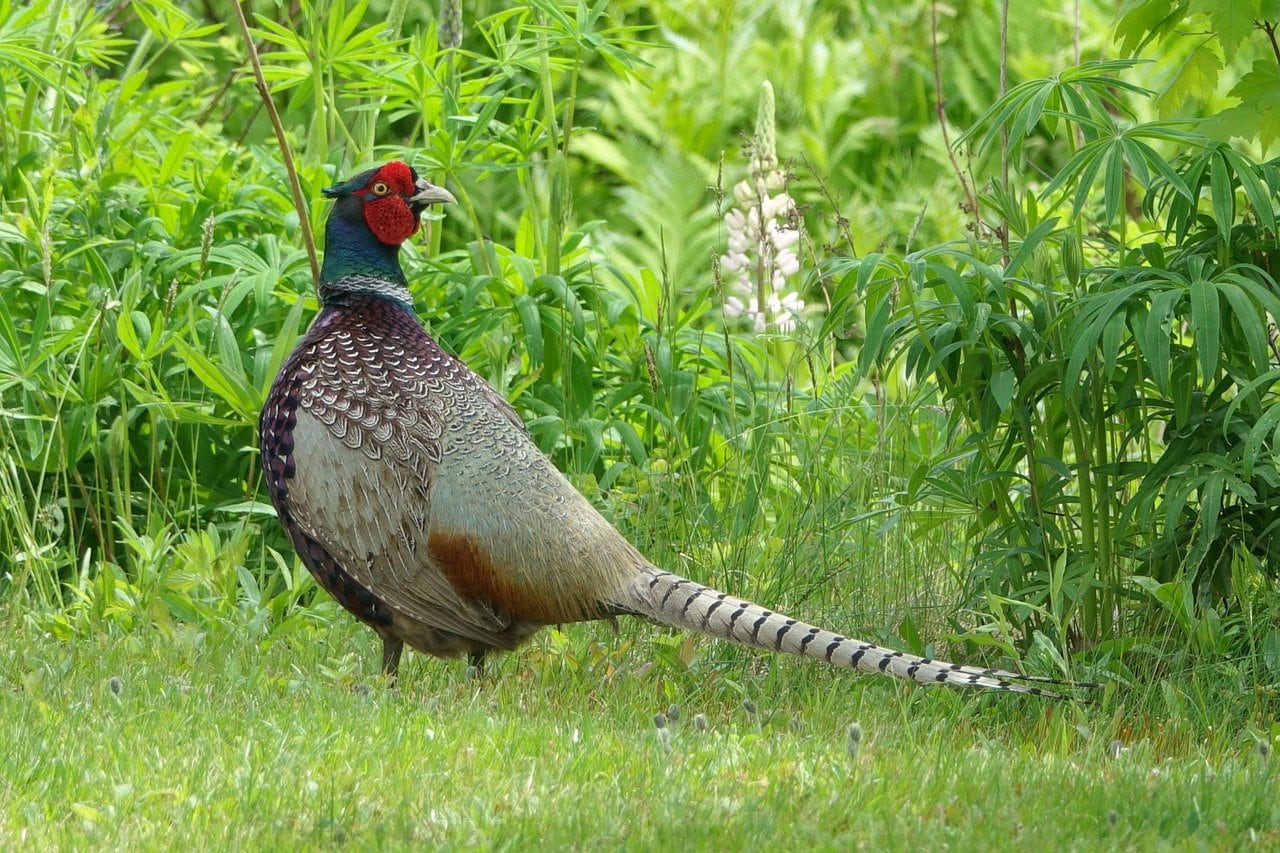
As prey animals and popular game for hunting, it’s no surprise that pheasants usually only live for a year. They’re also fast-growing. After hatching, chicks will look fully grown by 15 weeks. Dying of old age is a rare occurrence for the species.
4. Pheasants bred in captivity can live up to 18 years
While wild pheasants only live for a year on average due to hunting and other predators, pheasants kept in captivity are surprisingly long-lived: 18 years is the average lifespan of a pet pheasant.
5. They don’t migrate
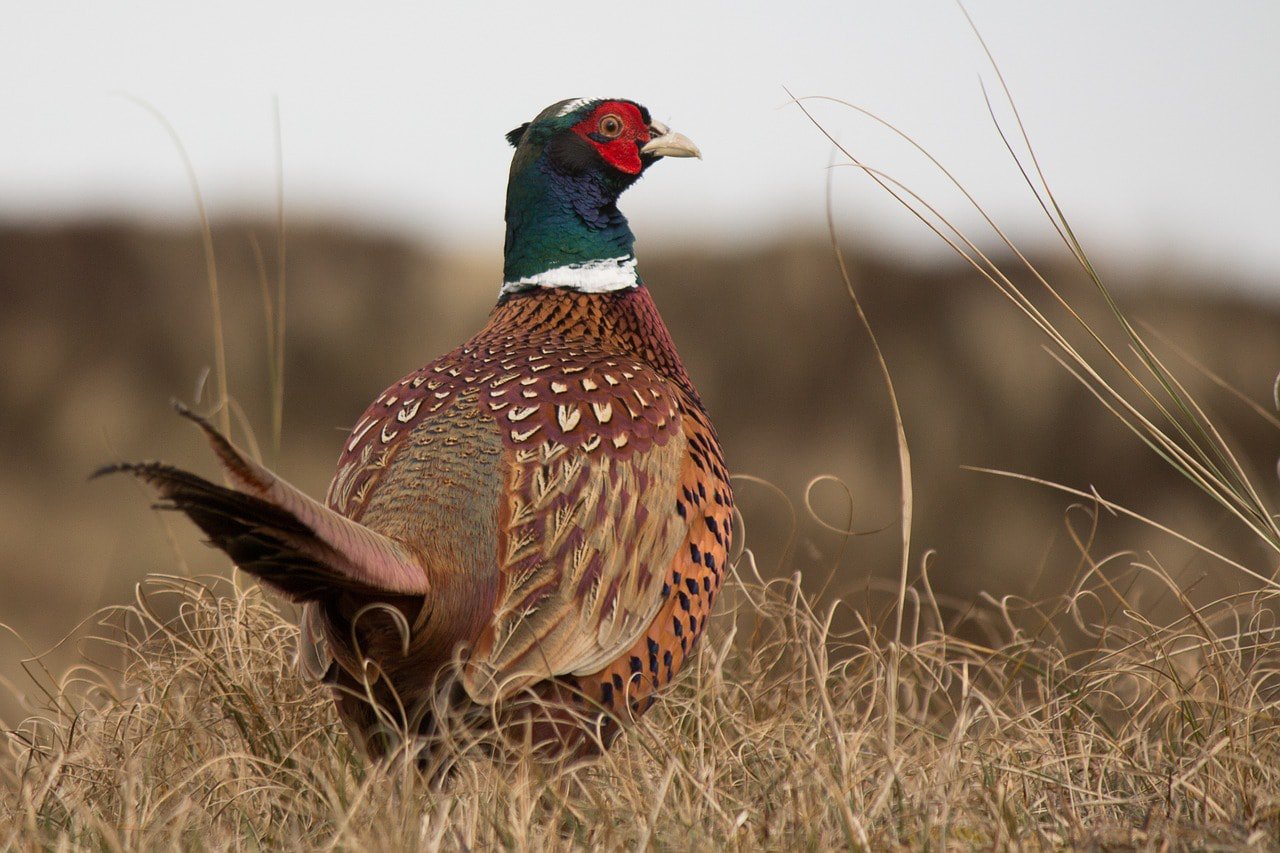
Unlike other birds, pheasants don’t migrate to warmer places for the winter. With their preference for the ground and limited flying ability, they settle in their roosts and wait out the colder months. They’re capable of surviving several days without eating, which can help them when food is scarce.
6. Hens incubate a clutch of 12 eggs for 23 days
During the spring mating season—April to June—female pheasants will lay a clutch of 12 eggs over 2–3 weeks. They incubate their eggs for about 23 days before they hatch.
7. There are 50 different pheasant species
Pheasants are members of the Phasianidae family. In over 16 sub-families, there are about 50 species of pheasant. Most share the bright plumage of the males and the more subdued colors of the females.

8. The males and females look different
Unlike many animal species, where males and females look nearly identical besides slight size differences, male and female pheasants look drastically different from each other. While the males have a bright plumage, often containing shades of gold, purple, green, brown, and white, and a long tail to draw a potential mate’s attention, the females are a more subdued brown.
9. Pheasants are polygynous
Similar to several other bird species, pheasants aren’t monogamous. Roosters, or male pheasants, will create a harem of two to three hens during the breeding season.
10. They can swim
Although they might not appear to be the type, pheasants are capable of swimming if they need to. With so many predators hunting them, having several escape routes and methods keeps these birds alive.
11. Pheasants have excellent senses
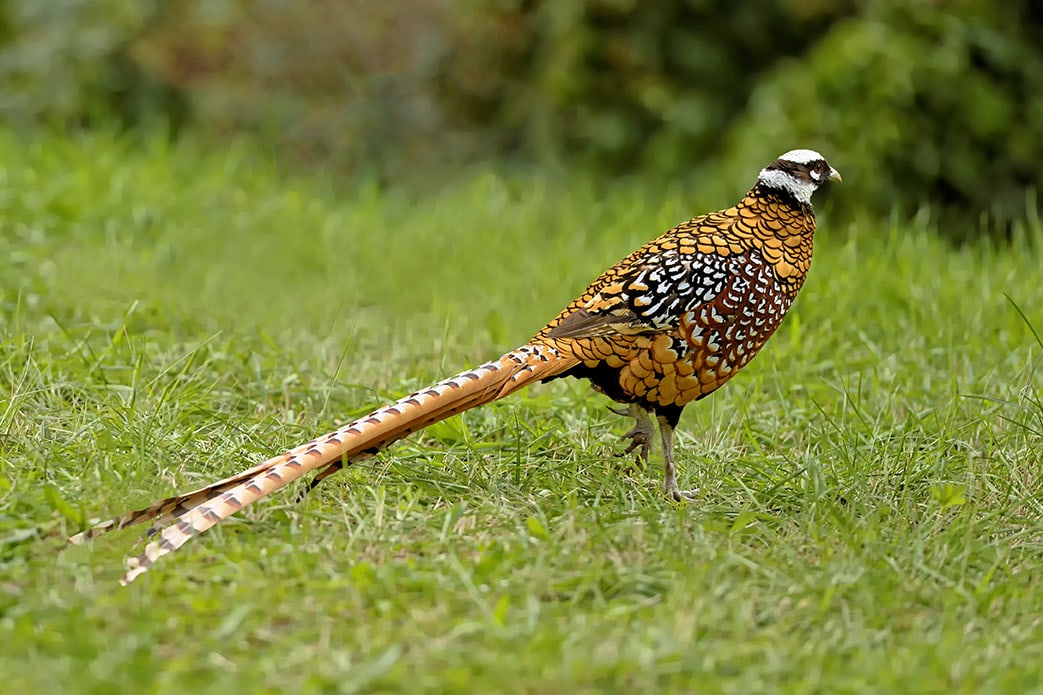
Part of the reason that pheasants are popular game birds is the challenge that they pose to hunters. With their fast flight, running speed, and swimming ability, they’re quick and agile enough to escape danger. Their eyesight and hearing are exceptional too.
12. They don’t roost in trees
Despite having a limited ability to fly, pheasants prefer staying on the ground. This extends to their nesting location. Instead of building their nests in trees like other bird species, hens will build their nests on the ground. They favor grasslands in particular.
13. Roald Dahl wrote about pheasant poaching
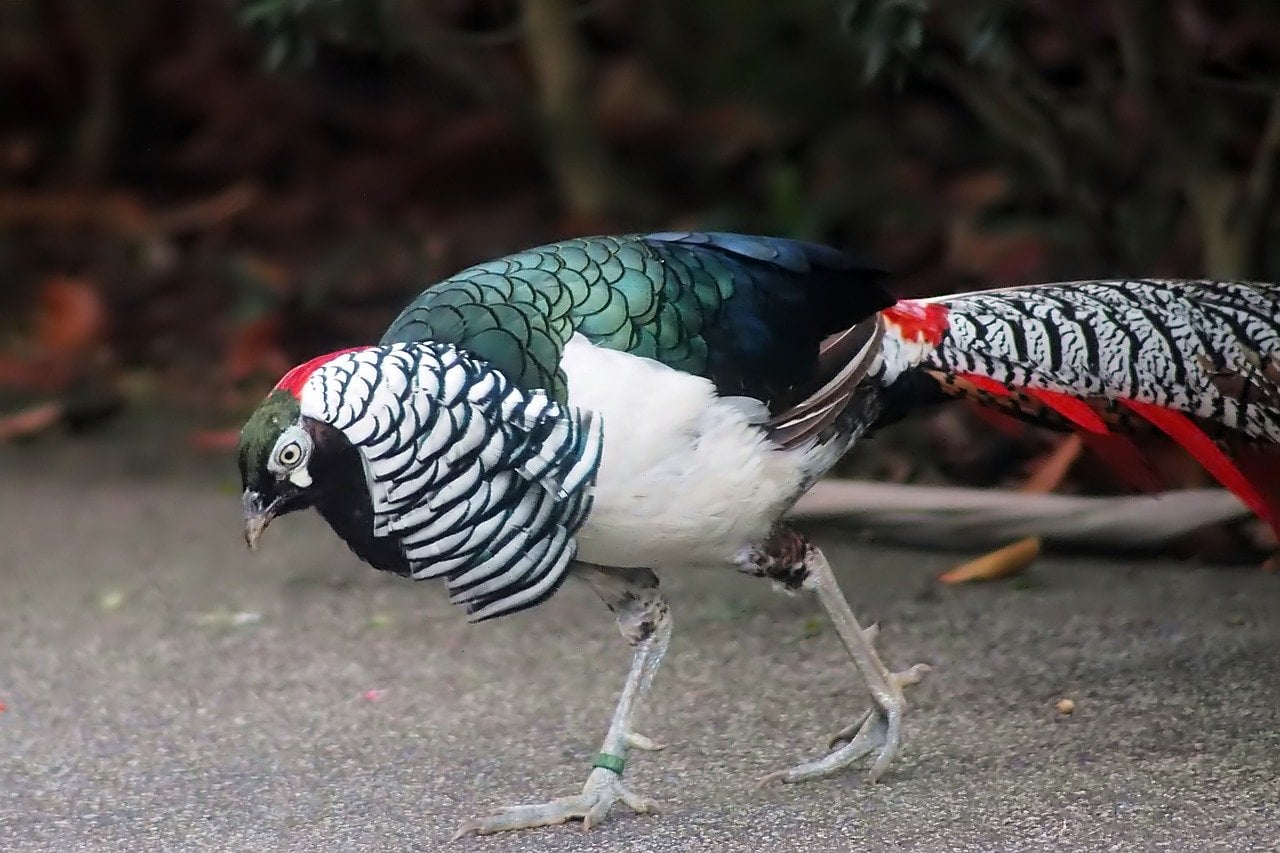
“Danny the Champion of the World” is a 1975 children’s book by British novelist Roald Dahl. The story follows Danny, a young English boy, and his adventures. Along with fixing cars, he also helps his father poach pheasants.
14. Pheasants symbolize good luck
There’s a story that after finding an emerald inside his catch, a Burmese hunter tracked down the pheasant’s home. In the process, he stumbled across a mine filled with emeralds. It might only be a legend, but pheasants are believed to make nice good luck charms, anyway.

In Conclusion
In the wild, pheasants are short-lived and preyed upon by various predators, including us humans, but they’ve been around for centuries. As a result, they have many tales to share. Many people don’t know much about these underrated birds, whether they recognize pheasants as a challenging hunt or admire their bright feathers. Hopefully, the next time that you see one of these animals, you can adore them for more than their popularity as game birds.
Featured Image Credit: feathercollector, Shutterstock
Contents
- Top 14 Fascinating Pheasant Facts
- 1. Pheasants can fly up to 60 mph
- 2. They’re originally from Asia
- 3. Wild pheasants are short-lived
- 4. Pheasants bred in captivity can live up to 18 years
- 5. They don’t migrate
- 6. Hens incubate a clutch of 12 eggs for 23 days
- 7. There are 50 different pheasant species
- 8. The males and females look different
- 9. Pheasants are polygynous
- 10. They can swim
- 11. Pheasants have excellent senses
- 12. They don’t roost in trees
- 13. Roald Dahl wrote about pheasant poaching
- 14. Pheasants symbolize good luck
- In Conclusion
